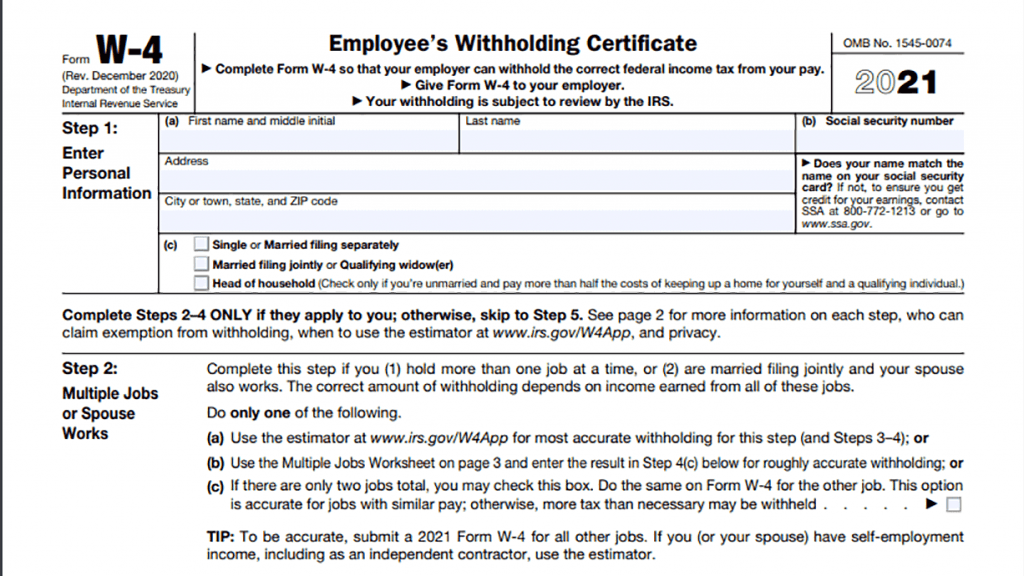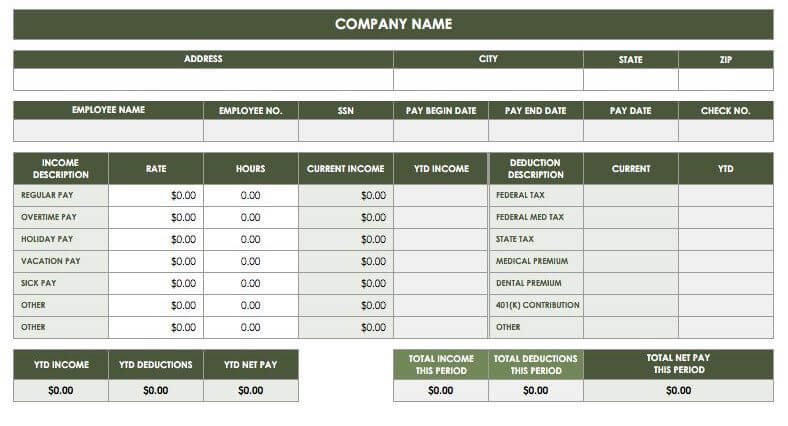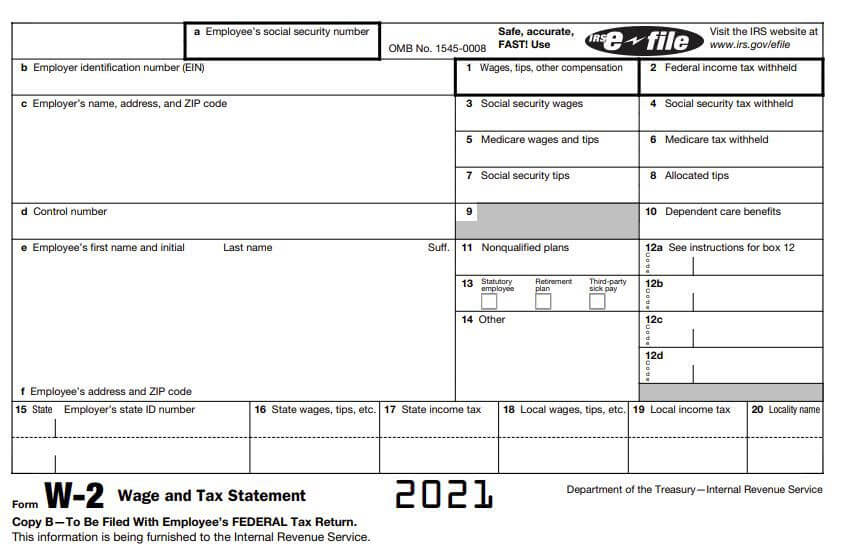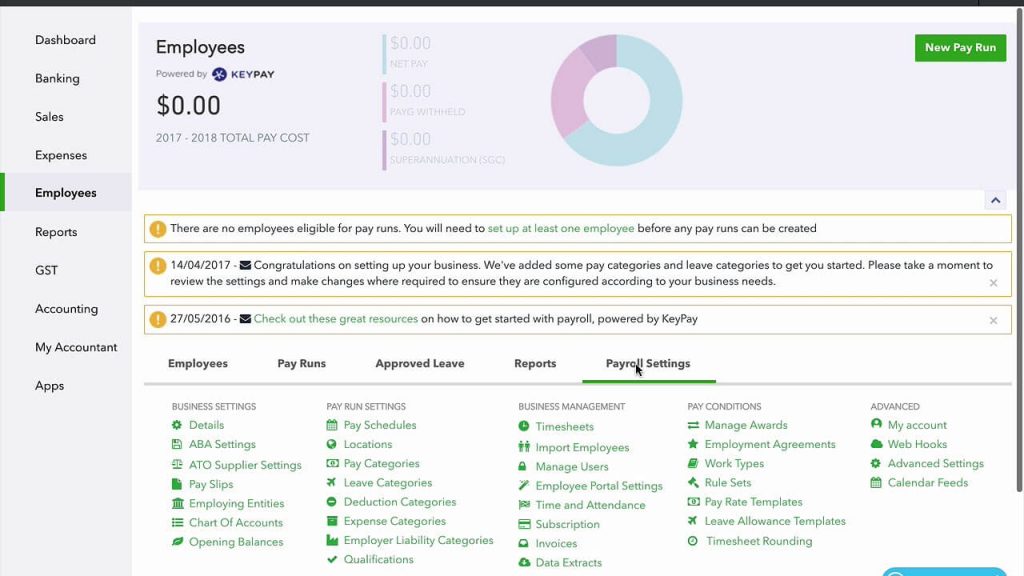Payroll was done entirely by hand three or four decades ago, with nothing more than a calculator, a stack of paper, and a pen. Fortunately, today's small company owners do not need to ask “how to do your own payroll” since they have various alternatives, such as outsourcing payroll to a payroll provider, operating payroll software in-house (or doing payroll online), or calculating payroll with spreadsheet software like Excel.
If you don't have enough personnel to outsource and don't want to pay for software, using an Excel payroll spreadsheet seems to be uncomplicated. Moreover, the only expense is the cost of spreadsheet software, such as Microsoft Office Suite.
There are definitely several reasons to avoid doing payroll yourself, including the possibility of mistakes. But if you simply have a few employees and want to learn how to manually process payroll yourself, we're here to help.
So, how to do your own payroll?
Doing Payroll Manually: Pros and Cons
A manual payroll system requires the execution of the whole payroll procedure by hand. If you decide to do your own payroll, you may buy standard timesheets for documentation and have your employees fill them out. You may then calculate the necessary salary and tax computations with the completed time cards before handwriting checks to your employees.
It is worth mentioning that manual payroll processing involves a lot of complex steps that may take longer than you expect. This is especially true for firms that are on the verge of being categorized as small or medium-sized. The more employees you have, the more difficult it is to manually process payroll.

Pros:
- Easy to implement.
- Suitable for small firms with a limited amount of staff.
- Less complicated for newbies
Cons:
- Errors and incorrect reporting are more frequent.
- Businesses are forced to rely on the honor system for personnel records.
How to Do Your Own Payroll?
#Step 1: Obtain an EIN
An EIN, which stands for Employer Identification Number, is the business equivalent of a Social Security number. It's a unique nine-digit number that the government (particularly, the IRS, or Internal Revenue Service) uses to identify your company for taxation purposes.
If your company started as a sole proprietor, you may not yet have an EIN; as the sole proprietor and employee, you could be able to get away only with your Social Security number. However, after you recruit an employee, you must obtain an EIN; otherwise, you would be unable to pay employee taxes or get the correct tax identification for your growing business. So, should you need to pay employees, get an EIN now.
To file an online application, go to the IRS's (Internet Revenue Service's) website. On the form, you will enter the following information:
- Your company's type (e.g., a corporation, LLC, or sole proprietorship)
- Your company's address
- The purpose of your request for an EIN (e.g., hiring a new employee)
- Any other information about your company
After completing your request, you will obtain your EIN instantly. If you do not want to apply for an EIN online, you can do so via fax or mail. The IRS website provides fax numbers, mailing addresses, and other contact information.
#Step 2: Collect the tax information of your employees
When you recruit new employees, you must have them complete a W-4 form, also known as an Employee's Withholding Allowance Certificate.

As the employer, you must withhold the appropriate amount of taxes from your workers' gross salary. A W-4 form typically provides employee tax information, allowing you to know the following:
- Whether the employee is married, single, or married but filing at the higher single rate
- Whether or if the employee gets any tax allowances that exclude them from paying certain taxes.
- Whether the employee wants you to withhold more funds to assist ensure they do not owe money in taxes at the end of the year.
A reminder: If an employee is married or divorced, has a child, or acquires a dependent, they must submit a new W-4 to amend their tax withholding status. As an employer, you are responsible for updating tax information as soon as an employee provides you with their new W-4.
Employees must also submit I-9 paperwork proving their legal right to work in the United States. In addition, as the employer, you must notify all new workers to your state's new hire bureau. If you intend to use direct deposit, you will need the employee's routing information or a canceled check to connect with their bank.
#Step 3: Establish a payment schedule
According to a U.S. Department of Labor report, most firms pay their employees biweekly, or every other week. The next most typical payment schedule is weekly, followed by once every month and twice a month.
The above-mentioned are the many typical pay schedules, but which one is best for your company? The answer is most likely determined by your financial flow. Calculate how frequently you can afford to pay employees depending on company revenues, and don't forget to include payroll expenditures such as postage for sending checks and fees for direct deposit.
Make sure to verify your state's paycheck requirements as well. In Arizona, for example, you must pay your employees at least twice a month, and it is also prohibited to spend more than 16 days without paying them.
#Step 4: Run the numbers
Once you've gathered all of the necessary information, you're ready to begin handling payroll. Start by opening an Excel spreadsheet and logging the data.
Begin with an employee's hours worked. This number is unlikely to change from pay period to pay period for salaried employees. The figure will vary slightly for hourly employees depending on how many hours the person worked over the period.
You should also include overtime and holiday pay, as well as sick leave and vacation days, if applicable. Multiply the employee's wage by their salaried hours or precise hours and minutes worked, and you've got your gross pay.

Then, compute federal and state taxes. This figure and percentage will differ depending on the information you get from your employee's W-4 form. The IRS's (Internal Revenue Service's) withholding calculator can help you figure out how much to deduct from your gross salary and hold in trust for the government.
In addition to state and federal income tax deductions, you must deduct the following typical withholdings from your employees' gross pay:
- FICA taxes, often known as Medicare and Social Security taxes (also known as payroll taxes or employment taxes)
- Wage garnishments for children or spousal support imposed by a court
- Medical, dental, and vision insurance premiums for your organization
- Money donated voluntarily to charity organizations
- Retirement fund contributions
Don't forget about your taxes. Employers must pay FUTA taxes, sometimes known as unemployment taxes. These taxes are not deducted from your employees' paychecks; rather, they are a percentage that you pay based on the number of employees you have and how much they make.
Check, double-check, and triple-check your numbers if you're utilizing an Excel spreadsheet for payroll. If you fail to pay your employees the correct amount, you may find yourself in hot water with the IRS as well as your state and local governments.
#Step 5: Distribute paychecks
After determining how much each person earned and how much you need to subtract, you may divide employees' take-home pay in a variety of ways.
Currently, direct deposit is one of the most common methods of payment. It is more secure than giving out cheques or cash and assures that employees with bank accounts have immediate access to their funds.
If you choose direct deposit, you will use the Automated Clearing House (ACH), a US organization that monitors and manages all computerized, automated transactions from one bank to another. Your bank can walk you through the steps and assist you in setting up automatic payments. On payday, you'll often make the payment using your bank's website or payroll software that syncs with your bank.
A reminder: The cost of setting up direct deposit varies by the bank—starting fees range from $50 to $150.4, according to the National Federation of Independent Businesses (NFIB). Following that, you will be charged a transaction or processing fee for each check you deposit.
Another reason to use accounting software instead of performing payroll by hand will be to simplify direct deposit. There are software vendors out there that can assist you to automate direct deposit or at the very least link with your bank accounts so you can precisely monitor deposits.
Most states require you to provide at least two payment alternatives to your employees—not everyone has a bank account or prefers direct deposit, so make sure you provide options like these:
- Checks, including those that have been mailed
- Cash
- Payroll cards
#Step 6: Submit paperwork and file taxes
You are responsible for making tax deposits to the IRS once you have subtracted income, Medicare, and Social Security taxes from your employees' paychecks and determined how much you owe in FUTA taxes. This might be done weekly, monthly, or quarterly, depending on the size and profitability of your company.
Every January, you'll- prepare W-2 forms, also known as Wage and Tax Statements, for each employee, including 1099 (or freelance) workers. However, W-2s aren't the only tax forms you're responsible for. You must also submit these forms to the IRS on a regular basis:

- Form 940, used to record federal unemployment tax payments (FUTA taxes)
- Form 941, used to submit Social Security and Medicare tax deductions (FICA taxes)
- Form W-3 is a transmittal, or summary, a form that you must provide to the federal government as well as all of your employee information.
To remain on top of these forms and submissions, you must build a tax deadline calendar. If you miss a deadline, you will face financial penalties, fines, and interest payments, neither of which are good for your profit margin. As an employer, accurately computing taxes, reporting them on time, and preparing the appropriate documents should be at the top of your to-do list every month, not just during tax season.
Other Alternatives to Do Payroll
#Option 1: Hire accountants
Hiring an accountant is the most costly choice, but it is also the most dependable. Consider employing an accountant if you do not want to learn how to do payroll for your company or use a payroll service. An experienced accountant can process your payroll as well as handle your tax payments and filings
#Option 2: Use a payroll service
Using a small company payroll service is inexpensive and dependable.
If the DIY method is not for you, don't worry; payroll services make it really easy for small business owners to pay their staff and return to their core business functions.

Most payroll services calculate employee pay and taxes automatically and send your payroll taxes and filings to the IRS and your state’s tax department(s) for you. With a full-service provider like Square Payroll, you can even keep track of hours worked, import them directly to your payroll, and pay employees by direct deposit.
QuickBooks payroll services are among the most common systems selected by small company owners and first-time payrollers. QuickBooks payroll delivers the help you need all year long, with worry-free payroll tax filing, time-saving automation, and a slew of other advantages.
Furthermore, as a premium or elite subscriber, you may be connected with payroll professionals who can handle the processing for you completely virtually. The powerful Magenest extension "Quickbooks Online Integration” will help vendors in improving their financial management by automatically updating all data from Magento to Quickbooks in real-time. It reduces the amount of time you spend hunting down transaction data, correcting mistakes, and manually inputting data.
The takeaway
Above, we have guided you through the process step by step on how to do your own payroll, as well as which option could be ideal for your company. If you're new to the business or inexperienced with spreadsheets, doing payroll by hand might seem overwhelming, but following the steps above—along with periodically reviewing calculations and cell formulas—will bring you as close to payroll perfection as possible.
Keeping track of your payroll is one of the most important things you can do for yourself and your company. Whether you choose to do it manually, using clever software like QuickBooks, or with the help of an outsourced professional, you must be capable of doing your payroll with confidence.
Please keep in mind that this article is just for educational purposes. Consult a professional if you want specialized guidance.












